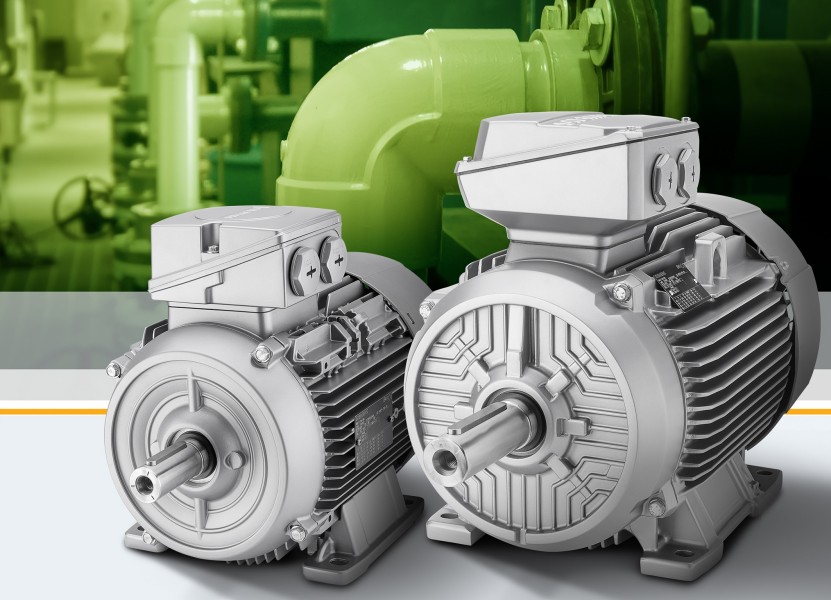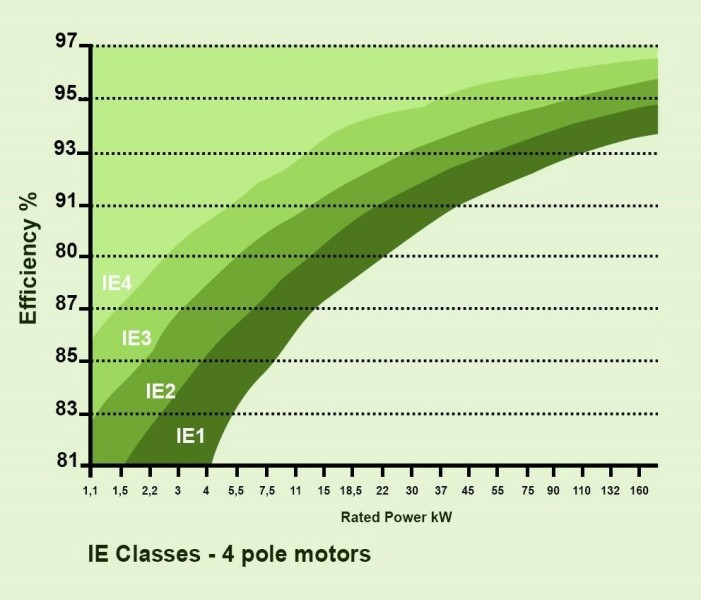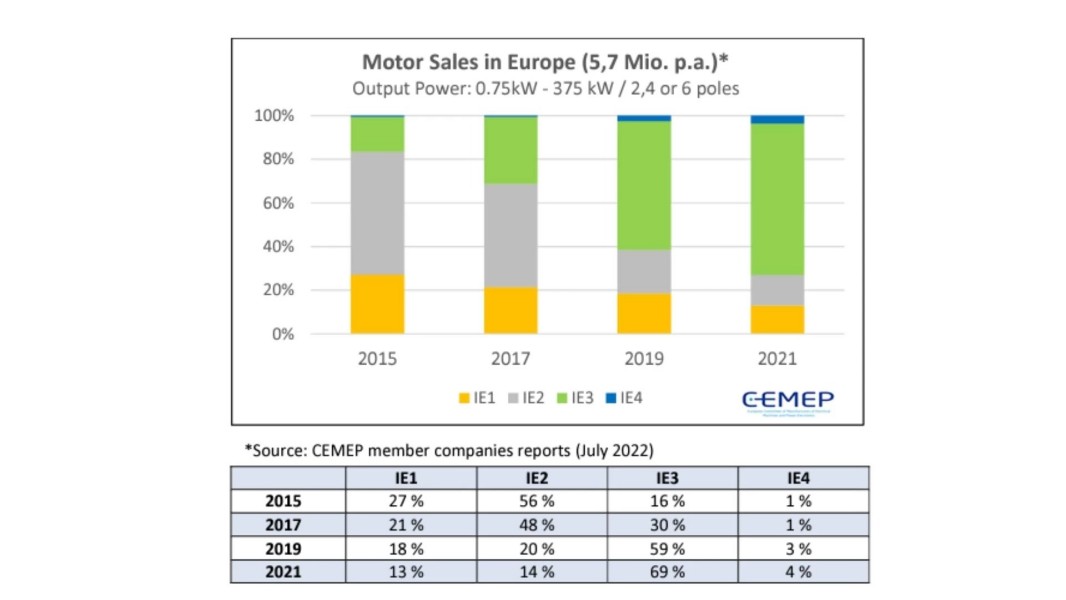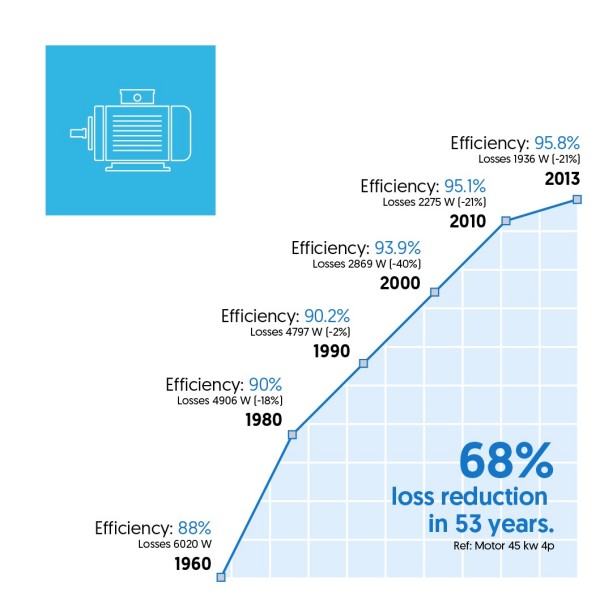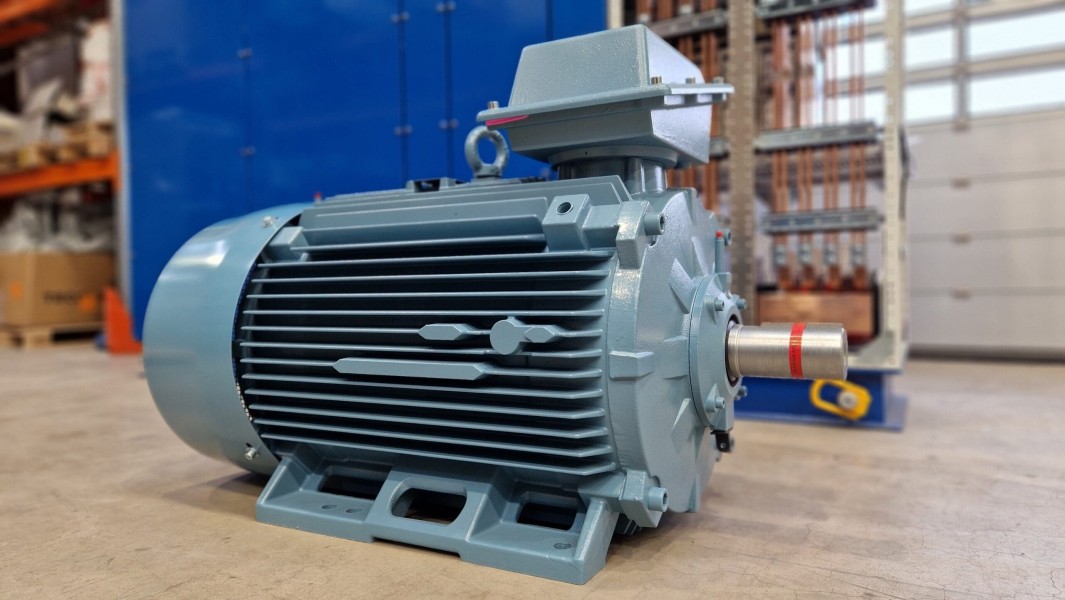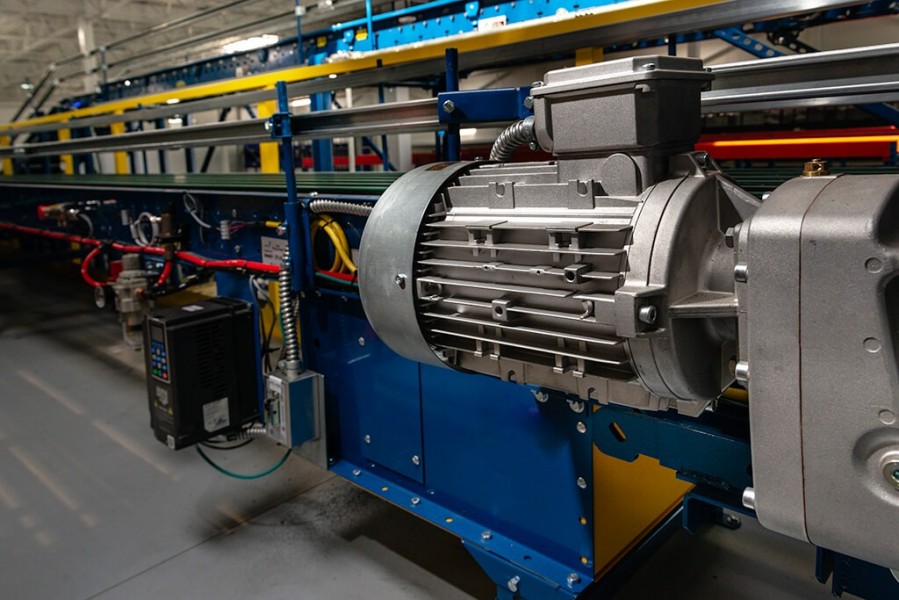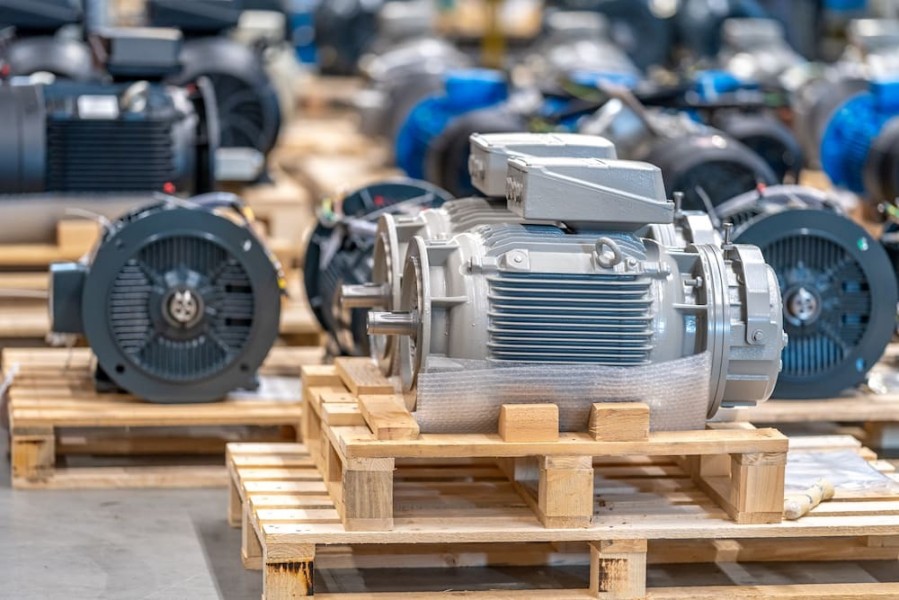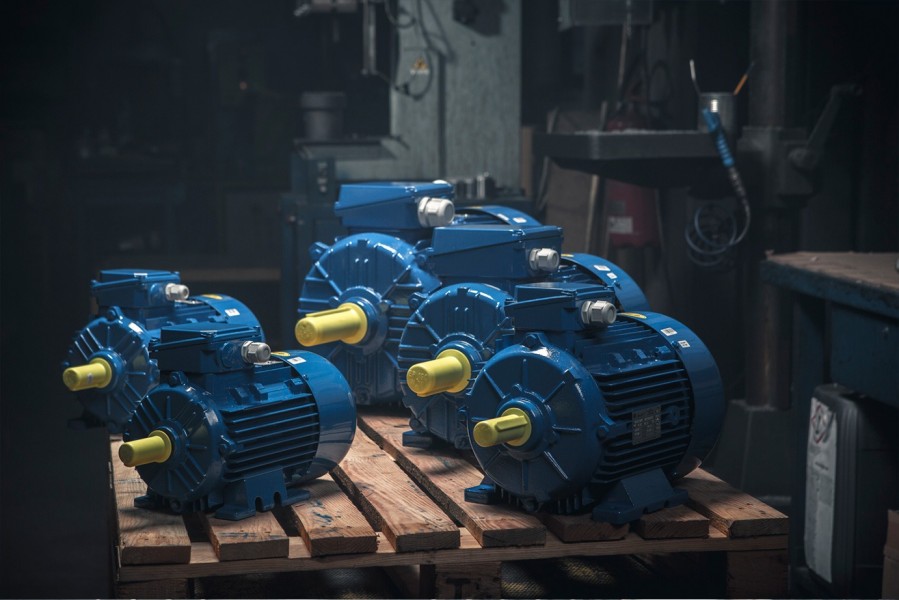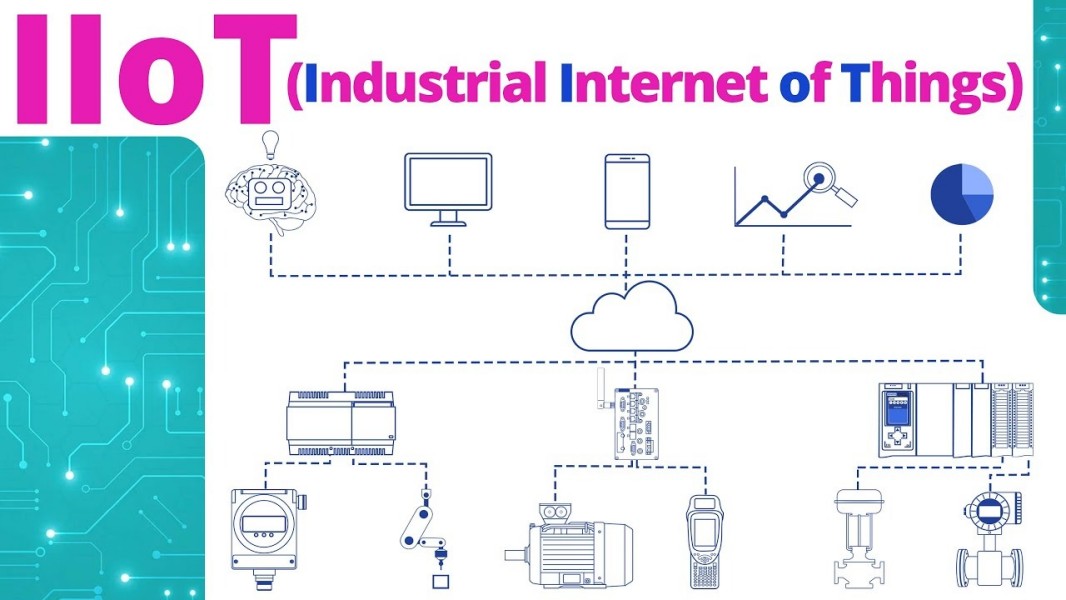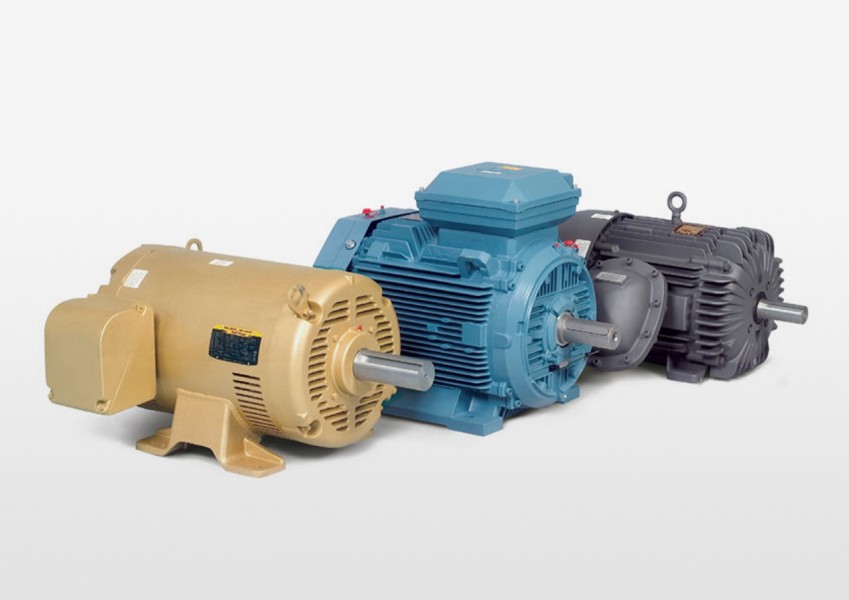Introduction
Imagine a world where factories hum along using less energy, saving money, and helping the planet—all without skipping a beat. That’s the promise of IE3 and IE4 motors, the superstars of energy efficiency in 2025. These high-efficiency 3-phase AC motors are shaking up industries, from manufacturing to renewable energy, by delivering top-notch performance with a smaller carbon footprint.
But what makes them so special, and why are they becoming the gold standard? In this article, I’ll dive into how IE3 and IE4 motors are revolutionizing industry standards, their benefits, challenges, and what’s next for these game-changers. Ready to see how these motors are powering the future? Let’s get rolling!
![ie3 and ie4 motor ie3 and ie4 motor]()
What Are IE3 and IE4 Motors?
IE3 and IE4 motors are like the fuel-efficient sports cars of the motor world. They’re 3-phase AC motors designed to meet the International Electrotechnical Commission’s (IEC) efficiency standards—IE3 for Premium Efficiency and IE4 for Super Premium Efficiency. These motors, often induction-based, use advanced engineering to cut energy waste, making them ideal for heavy-duty applications like pumps, fans, and conveyors. In 2025, they’re leading the charge in industries aiming to save energy and meet strict regulations.
Understanding Efficiency Standards
The IEC 60034-30-1 standard is like a report card for motor efficiency. IE3 motors offer efficiency levels around 90-95%, while IE4 motors push it even higher, often exceeding 96%. These ratings mean less electricity is wasted as heat, delivering more power to the task at hand. In Europe, where energy regulations are tight, IE3 is the minimum standard for many applications, and IE4 is gaining traction for its extra savings. It’s like upgrading from a standard bike to a high-performance model—same effort, better results.
| Efficiency Class | Defined By | Efficiency Improvement | Typical Use Case |
| IE1 | Basic Efficiency | – | Obsolete/Phase-out |
| IE2 | High Efficiency | ~10% more efficient than IE1 | General Industry |
| IE3 | Premium Efficiency | ~15% more efficient than IE2 | Standard for EU and US |
| IE4 | Super Premium Efficiency | ~10% more than IE3 | High-demand applications |
![Motor Efficiency Motor Efficiency]()
Why Efficiency Matters in 2025
Why all the fuss about efficiency? With global industrial energy use projected to hit 28.2 terawatt-hours in 2025, every watt counts. Rising energy costs and stricter environmental regulations, like the EU’s Ecodesign Directive, are pushing businesses to adopt efficient motors. IE3 and IE4 motors save energy, cut costs, and reduce emissions, making them a win-win for companies and the planet. Plus, with the global motor market expected to grow at a 6.4% CAGR through 2034, these motors are at the heart of the industrial revolution.
Regional Regulations and Adoption Trends
| Region | Regulation | Current Status | Mandatory Level |
| European Union | EU 2019/1781 | IE3 mandatory since 2021 | IE4 encouraged |
| United States | DOE EISA (Energy Independence and Security Act) | IE3 mandatory for most motors | IE4 optional but promoted by utilities |
| China | GB18613-2020 | IE3 mandatory for small-medium motors | IE4 adoption underway |
| India | IS 12615 | IE2 mandatory, IE3 recommended | IE4 under consideration |
| Australia | GEMS Act | IE3 widely adopted | IE4 used in green-certified systems |
![efficiency motor sales rate efficiency motor sales rate]()
The Impact of IE3 and IE4 Motors on Industry
IE3 and IE4 motors aren’t just motors—they’re game-changers. Let’s explore how they’re reshaping industries.
Energy Savings and Cost Reduction
Who doesn’t love a smaller electric bill? IE3 motors can save 5-10% on energy compared to IE2 models, while IE4 motors push that to 10-15%. For a factory running multiple motors 24/7, that’s thousands of dollars saved annually. It’s like swapping out incandescent bulbs for LEDs—small changes, massive savings over time.
Environmental Benefits
Want to go green without breaking a sweat? IE3 and IE4 motors cut energy use, reducing greenhouse gas emissions. Since industry accounts for over 70% of electricity consumption in some regions, these motors are like planting a forest while keeping production lines running. They align with global net-zero goals, making them a favorite for eco-conscious businesses.
Enhanced Performance and Reliability
These motors aren’t just efficient—they’re built to last. Advanced materials and designs mean they run cooler, reducing wear and tear. Fewer breakdowns and longer lifespans translate to less downtime, keeping your operations as smooth as a well-tuned engine. It’s like having a reliable car that rarely needs a trip to the mechanic.
![reduction loss reduction loss]()
Technical Features of IE3 and IE4 Motors
What’s the secret behind their efficiency? It’s all about smart engineering. Let’s break it down.
Advanced Materials and Design
IE3 and IE4 motors use high-grade materials like low-loss silicon steel for stators and rotors, cutting magnetic losses. Optimized air gaps and precision windings boost efficiency, while better cooling fins keep temperatures low. It’s like building a race car with lightweight, durable parts for maximum speed and minimal waste.
Role of Variable Frequency Drives (VFDs)
VFDs are like the brain of an IE3 or IE4 motor. They adjust speed and power based on demand, cutting energy use by up to 30%. Pairing a high-efficiency motor with a VFD is like giving it cruise control, ensuring it only uses the energy it needs, whether it’s powering a fan or a conveyor.
![IE4 motor IE4 motor]()
Industry-Specific Applications of IE3 and IE4 Motors
1. Manufacturing and Automation
· Application: Conveyor systems, assembly lines, CNC machinery
· Benefits: Reduced energy use, cooler motor operation, increased production uptime
2. HVAC and Building Automation
· Application: Fans, pumps, compressors
· Benefits: Lower electricity bills, compliance with green building standards (LEED, BREEAM)
3. Water and Wastewater Management
· Application: Pumps for treatment plants, desalination systems
· Benefits: Minimizes power loss over long duty cycles, supports 24/7 operations
4. Food and Beverage Industry
· Application: Packaging, mixing, refrigeration motors
· Benefits: Reliable operation in hygiene-sensitive environments, reduced total cost of ownership
5. Oil & Gas and Heavy Industry
· Application: Drilling systems, compressors, processing pumps
· Benefits: Explosion-proof and robust IE4 motors reduce downtime and meet strict industry regulations
![Conclusion Conclusion]()
Challenges of Adopting IE3 and IE4 Motors
As awesome as these motors are, they come with some hurdles. Let’s dive into the challenges.
Higher Upfront Costs
IE3 and IE4 motors cost 20-30% more than standard models, which can be a tough sell for small businesses. But like investing in a quality appliance, the energy savings often pay back within a year or two, especially for heavy users. It’s a classic case of spending more now to save big later.
Compatibility and Retrofitting
Swapping out an old motor for an IE3 or IE4 isn’t always plug-and-play. Differences in size, mounting, or power requirements can mean extra costs for adapters or rewiring. It’s like trying to fit a new battery into an old device—sometimes you need a little extra work to make it fit.
![What is a Three-Phase Motor What is a Three-Phase Motor]()
How to Choose the Right IE3 or IE4 Motor
Picking the perfect motor is like choosing the right tool for a job. Here’s how to get it right.
Assessing Power and Load Requirements
Check your application’s needs—horsepower, torque, and duty cycle. A motor that’s too small will burn out, while an oversized one wastes energy. IE3 motors are great for general use, while IE4 is ideal for high-demand applications. It’s like picking the right shoe size for a marathon—fit matters.
Considering Environmental Conditions
Where will the motor live? Humid factories or dusty plants need motors with high IP ratings (like IP55 or IP65) for dust and water resistance. Aluminium housings, common in IE3/IE4 motors, offer corrosion resistance for harsh environments. Choose a motor that’s ready for the challenge, like a raincoat for a stormy day.
![iec motor iec motor]()
Maintenance Tips for IE3 and IE4 Motors
Want your motor to last? A little TLC goes a long way. Here’s how to keep it humming.
Regular Inspections
Treat maintenance like a regular checkup. Every few months, listen for odd noises, check for vibrations, and test insulation resistance. Catching issues early prevents costly breakdowns, like spotting a small leak before it floods your house.
Lubrication and Cooling
Motors need grease and airflow to stay happy. Lubricate bearings regularly to reduce friction, and keep cooling vents clear to prevent overheating. It’s like oiling a bike chain—skip this, and you’re in for a bumpy ride.
The Future of IE3 and IE4 Motors
What’s next for these efficiency champs? The future’s bright, with some exciting trends on the horizon.
Rise of IE5 and Ultra-Premium Efficiency
IE5 motors, the next frontier, are already making waves with efficiencies above 97%. While still emerging in 2025, they’re set to redefine standards, especially in Europe’s green-focused market. Manufacturers are gearing up for ultra-premium efficiency, like athletes training for the Olympics.
IoT and Smart Motor Integration
Imagine a motor that texts you when it’s tired. IoT-enabled IE3 and IE4 motors use sensors to monitor performance, temperature, and wear, predicting maintenance needs before failures happen. This cuts downtime and boosts efficiency, like having a smart assistant for your machinery.
![IIoT Integration IIoT Integration]()
FAQs About IE3 and IE4 Motors
1. How do IE3 and IE4 motors reduce operating costs?
They consume less electricity, generate less heat, and extend the lifespan of machinery due to better efficiency.
2. Are IE4 motors worth the higher upfront cost?
Yes, for long-term operations. Energy savings often cover the price difference within 1-2 years.
3. Can I retrofit older machines with IE3 or IE4 motors?
Yes. Most manufacturers offer retrofit kits or modular designs compatible with legacy systems.
4. Do IE3/IE4 motors require special VFDs?
Some motors may require VFDs (Variable Frequency Drives) optimized for high-efficiency performance, but many are VFD-ready out of the box.
5. What motor frame sizes are commonly offered in IE4?
IE4 motors are typically available from IEC 63 to IEC 315 frame sizes, covering low to medium power ranges.
![iec motors iec motors]()
Conclusion
IE3 and IE4 motors are revolutionizing industry standards in 2025, delivering energy savings, environmental benefits, and top-notch performance. From powering factories to driving renewable energy systems, these motors are redefining efficiency with advanced materials, VFDs, and smart tech. Despite challenges like higher costs and retrofitting hurdles, their long-term value is undeniable. As IE5 and IoT trends loom, these motors are paving the way for a greener, smarter future.
English
العربية
Français
Русский
Español
Português
Deutsch
italiano
日本語
한국어
Nederlands
Tiếng Việt
ไทย
Polski
Türkçe
Bahasa Melayu
Filipino
Bahasa Indonesia
magyar
Română
Čeština
Монгол
қазақ
Српски
हिन्दी
فارسی
Slovenčina
Slovenščina
Norsk
Svenska
українська
Ελληνικά
Suomi
Հայերեն
Latine
Dansk
Hrvatski
Gaeilge
Eesti keel
Oʻzbekcha
latviešu
Беларуская мова
Български
ქართული
guarani
ʻŌlelo Hawaiʻi
Lietuvių
Lëtzebuergesch
Македонски
Malti
मराठी








